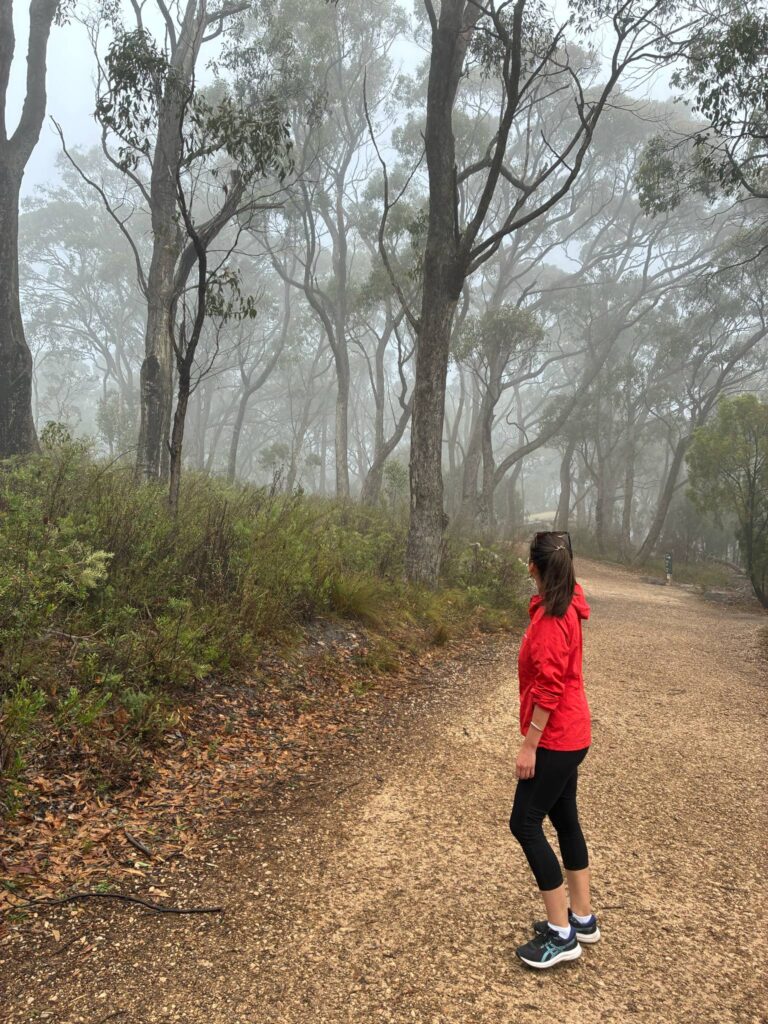In our journey toward healing, we often emphasise the importance of forgiving others. Yet, the most profound transformation begins within: forgiving ourselves. Many carry silent burdens—shame from past mistakes, regret over actions or inactions, and an inner critic that hinders progress. True self-forgiveness isn’t about excusing past behaviours; it’s about choosing peace and reclaiming our wholeness.
This guide explores the theory and practice of self-forgiveness, blending modern psychology, somatic wisdom, and ancient teachings, particularly from Buddhism. Through this integration, we aim to provide a holistic approach to healing.
Why Self-Forgiveness Is Essential?
1. Self-Forgiveness as an Act of Self-Compassion
Self-forgiveness involves recognizing our shared humanity. As Dr. Fred Luskin notes, holding onto resentment increases stress levels and takes a toll on our well-being. Meeting ourselves with kindness, rather than punishment, allows for growth and healing.
2. The Impact of Holding Onto Guilt
Chronic guilt and shame can manifest physically, affecting sleep, immunity, and emotional regulation. The body often stores these emotions as tension, particularly in the chest, gut, and breath. Releasing these stored emotions is crucial for overall health.
3. Forgiveness as a Continuous Practice
Drawing from Buddhist teachings, forgiveness is not a one-time event but a continuous practice. Just as emotions ebb and flow, so can our relationship with the past. Repeatedly returning to forgiveness allows for deeper healing and peace.
The Practice of Self-Forgiveness
Healing encompasses the mind, emotions, and body. Each area offers a unique pathway to deeper understanding and release.
1. Working with the Mind
Our mind holds narratives of failure and blame. Transforming these narratives is essential for healing.
Exercise 1: Inner Dialogue Reframe
-
Identify a past action or situation you struggle to forgive yourself for.
-
Recognize the story you’re telling yourself (e.g., “I’m a bad person”).
-
Imagine a close friend or loved one sharing the same story. What would you say to them?
-
Offer that compassionate response to yourself.
This practice shifts the inner dialogue from self-punishment to understanding, fostering self-compassion.
Exercise 2: Subconscious Rewiring through Meditation
-
Find a comfortable position and close your eyes.
-
Visualize a younger version of yourself at the time of the mistake.
-
Offer them compassion and forgiveness: “You did your best. I understand. I forgive you.”
-
Breathe deeply, allowing this message to settle.
This meditation accesses the subconscious, allowing for the release of old emotional imprints.
2. Releasing Emotions
Emotions are energy that needs to move. Suppressing them only deepens the wound.
Exercise 3: Emotional Expression Ritual
-
Choose a private space where you feel safe.
-
Express your emotions through writing, crying, dancing, or sound.
-
As you release, repeat: “It’s safe to feel. It’s safe to let go.”
This ritual allows emotions to flow, breaking the cycle of unexpressed guilt or shame.
Bonus Tool: The Forgiveness Framework
Use this framework as a healing cycle whenever unresolved emotions arise:
-
Awareness: Acknowledge what happened and how it affects you.
-
Acceptance: Recognize your role without judgment.
-
Expression: Release the emotion safely.
-
Compassion: Offer kindness to the part of you that still hurts.
-
Integration: Create a new narrative, learning from the experience.
3. Healing Through the Body
The body often holds onto trauma and unforgiven emotions.
Exercise 4: Self-Forgiveness Breathwork
-
Sit upright, close your eyes, and place a hand on your heart.
-
Inhale for a count of 4: “I forgive myself.”
-
Exhale for a count of 6: “I release this burden.”
-
Repeat for 3–5 minutes, focusing on softening the body.
This breathwork activates the parasympathetic nervous system, promoting healing.
Exercise 5: Heart-Body Compassion Hold
-
Stand or sit and wrap your arms around your upper body like a hug.
-
Breathe into the embrace, saying: “I am here. I am enough. I forgive myself.”
-
Hold for at least 60 seconds, feeling your own presence.
This practice activates oxytocin, anchoring forgiveness into your nervous system.
Final Reflections: Returning to Wholeness
Forgiveness is a journey, not a destination. Some days may feel open; others contracted. Both are part of the process. Buddhist wisdom teaches that clinging to anything, even guilt, causes suffering. By releasing our grip, we return to the present moment, reclaiming our power, breath, and peace.
Self-forgiveness is not about who you were; it’s about who you are becoming. Reflect gently:
-
What am I ready to release?
-
What part of me needs compassion today?
-
What truth am I ready to accept—that I am still worthy, still whole, still here?
Healing begins with willingness, not perfection. Embrace the journey with compassion and openness.




